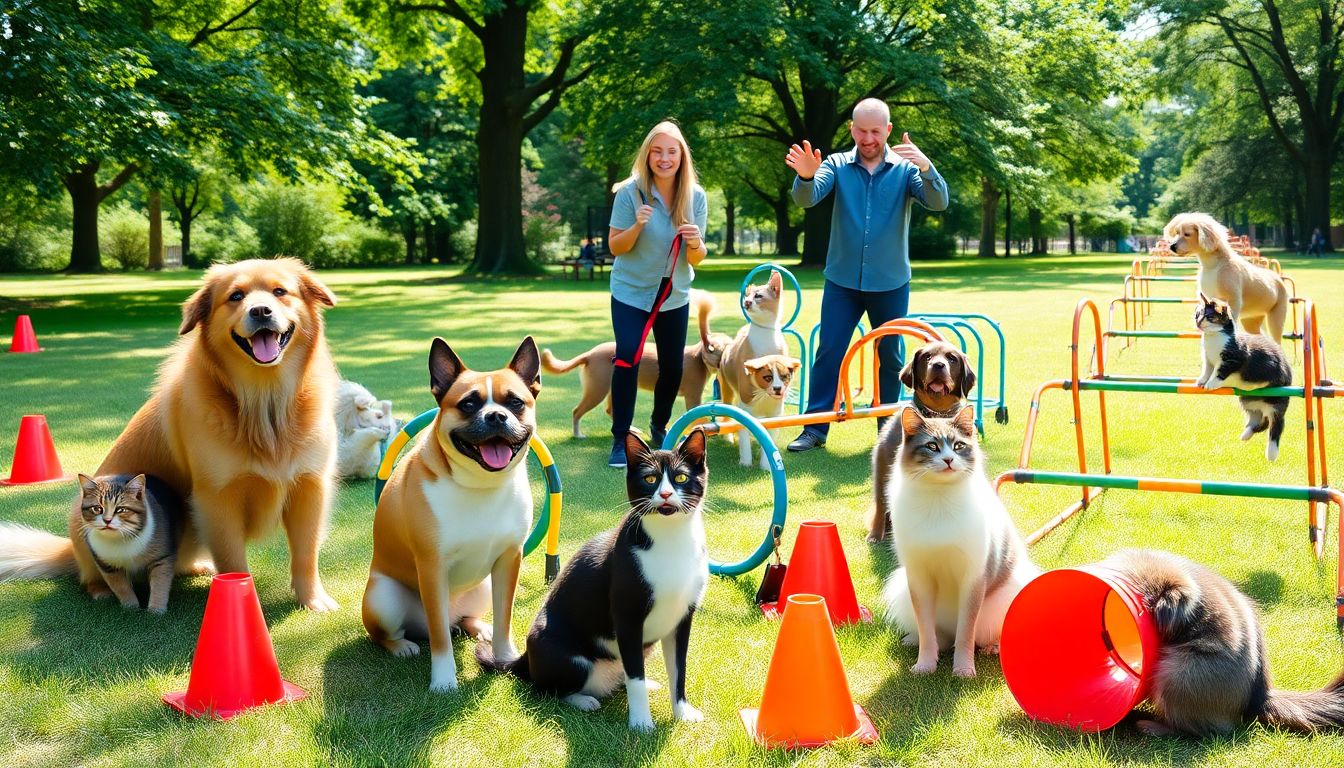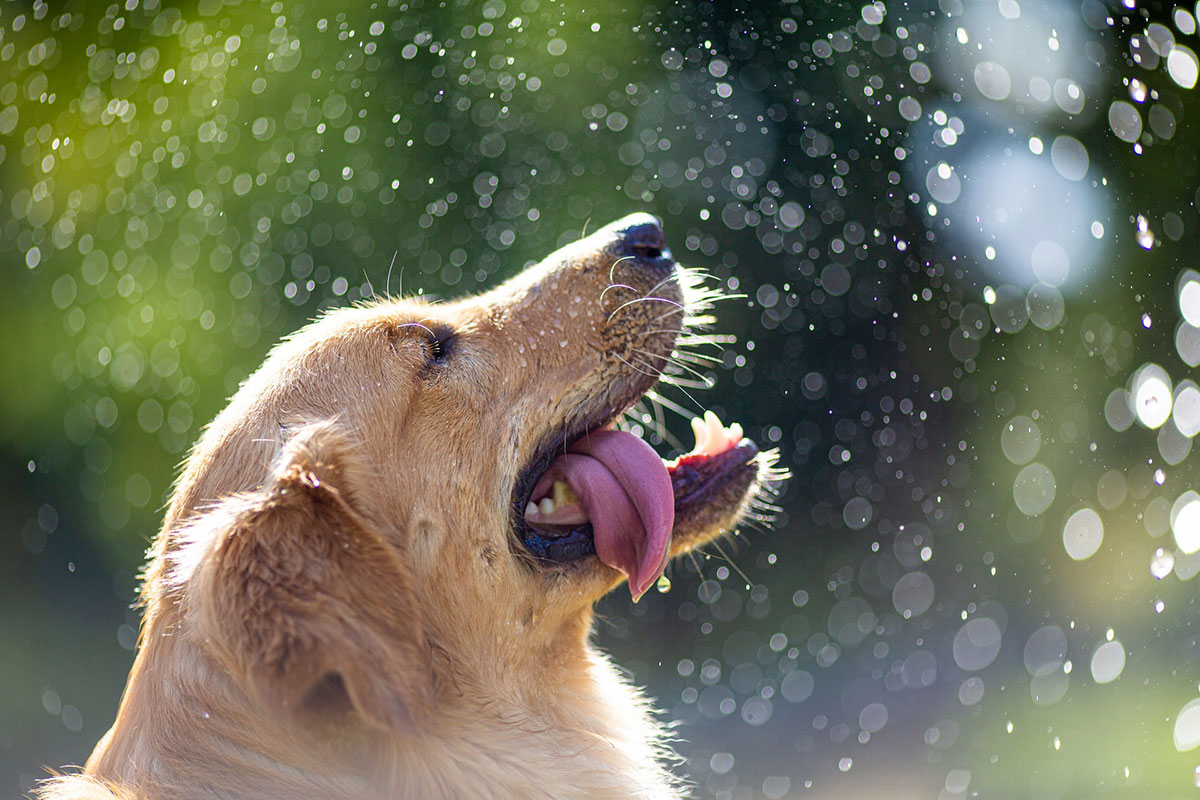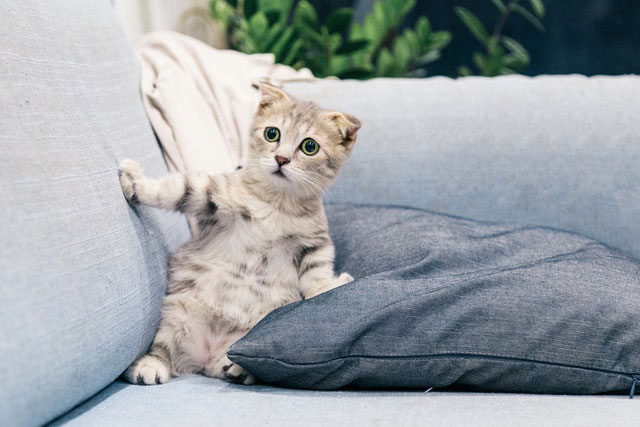Introductory Note
Training dogs and cats is not just about teaching tricks or manners; it’s about forming a lifelong bond. Training helps pets understand expectations, makes life safer and more rewarding for everyone in the household, and reduces accidents and damaging behaviors. Though dogs and cats learn differently, the rewards of their eventual success make the effort worthwhile.
Understanding Pet Behavior and Learning Styles
The Psychology of Dogs and Cats
Dogs are pack animals and thrive within a structure while enjoying social interaction. Cats, on the other hand, are more self-sufficient but also seek consistency. Understanding these instincts is key to effective training. Dogs respond best to clear commands and praise, while cats respond more to patience and gentle encouragement.
How Pets Learn: Classical and Operant Conditioning
Classical conditioning occurs when a pet associates one thing with another. For example, a dog hearing a clicker sound learns that a treat will follow. Operant conditioning involves reinforcing desired behaviors with rewards, such as giving a treat when a dog sits on command. Positive reinforcement (treats and praise) is the most effective way to motivate pets to learn.
Common Misconceptions on Pet Intelligence
It is a common misconception that dogs are smarter than cats or that cats are too stubborn to train. Studies show that both animals are quite intelligent. Cats can learn tricks, and dogs can understand complex commands. Understanding your pet’s unique learning style is key to success.
Essential Training Tools and Equipment
Basic Supplies for Dogs and Cats
- Leashes, harnesses, and collars
- Litter boxes and scratching posts
- Toys and chew items
Choosing safe and durable gear prevents injuries and ensures hassle-free training. For example, a harness distributes pressure evenly and reduces pulling.
Training Accessories and Aids
- Clickers for instant behavior marking
- Treat bags to keep rewards on hand
- Training mats to establish boundaries
These tools add fun and meaning to training sessions, helping your pet respond to clear cues.
Creating an Environment Appropriate for Training
Choose a quiet area with minimal distractions. A consistent environment helps pets focus, learn faster, and establishes a routine. This will signal to your pet that it’s time to train.
Training Techniques for Dogs
Fundamentals of Commands and Obedience
Start with basic commands like “sit,” “stay,” “come,” “heel,” and “leave it.” Break each command down into smaller steps. Reinforce positive behaviors immediately with praise and treats. Keep sessions short (5 to 10 minutes) to hold your dog’s attention.
Potty and House-Training
Potty training requires patience. Take your dog outside frequently, especially after eating or waking up. Always use the same spot for consistency and reward your dog when they go outside. Don’t scold when accidents happen indoors. Clean thoroughly and stick to the outdoor routine.
Socializing and Behavior Modification
Expose your dog to new people, environments, and other animals from a young age. This helps prevent fear or aggression later in life. When issues like barking or biting occur, use calm, guided training, and consider professional help if needed.
Advanced Training and Tricks
Once your dog has mastered basic commands, challenge them with new tasks. Agility classes are fun and build confidence, while service dog training provides mental stimulation and strengthens your bond.
Training Strategies for Cats
Usage and Maintenance of a Litter Box
Place the litter box in a quiet, private spot and clean it daily. Most cats instinctively use the box, but consistency helps build good habits. Gradually switch types of litter to ease the transition and encourage continued use.
Litter Types for Cats and Advice
Clumping litter is easier to clean, while non-clumping litter requires more frequent changes. Some cats prefer scented litter, but unscented varieties tend to be gentler on their sensitive noses.
Teaching Use of Scratching Posts and Toys to Cats
Place scratching posts near areas your cat enjoys. Use double-sided tape or safe repellents to prevent scratching on furniture.
Behavioral Problems
If your cat scratches or bites, don’t panic. Redirect them to toys or scratching posts. For cats that hide or become aggressive, give them space and allow gradual introductions to visitors. Most behavior issues can be solved with patience and consistency.
Enrichment for Indoor Felines
Indoor cats benefit from puzzle feeders and interactive toys that challenge them mentally. Play sessions should be frequent enough to keep them active and engaged.
Conclusion
Training your dog or cat requires patience, consistency, and understanding. Adapt your methods to fit your pet’s personality, and always use positive reinforcement. The effort you put in today will lead to a safer, happier, and more connected life for you and your pet. Keep learning, stay patient, and celebrate the small victories. Your pet’s success and your bond will only grow stronger over time.









